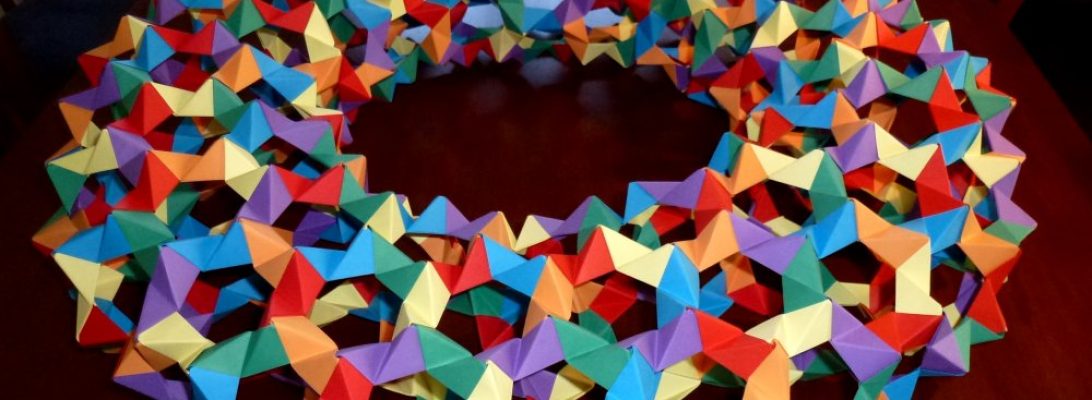As a once obsessed biology teacher, I am very interested in critters that are distant relatives – in this case the group of “New World Monkeys” contain some astonishing and cute members – few cuter or more critically endangered than the Cotton-top Tamarin:

Origami primates are fairly rare, but the more exotic specimens hardly ever get a representation. It was wonderful to see that in a soon to be published book “Origami Oddities”, by Kunsulu Jilkishiyeva that this Tamarin was designed so thoughtfully by her.

Test folded from a 45cm square of peach/natural matt Damul Kraft paper from origami-shop.com, the sequence is fun, tricky and contains some very satisfying collapses.
There is heaps of opportunity to go nuts with the shaping here, as the head is expressive (yet has no facial features – yet), the hands are fully fingered, the back legs in the original design were points (I rendered them more as paws), the tail is lovely and lively, the “cotton top” is fun.
Continue reading






























